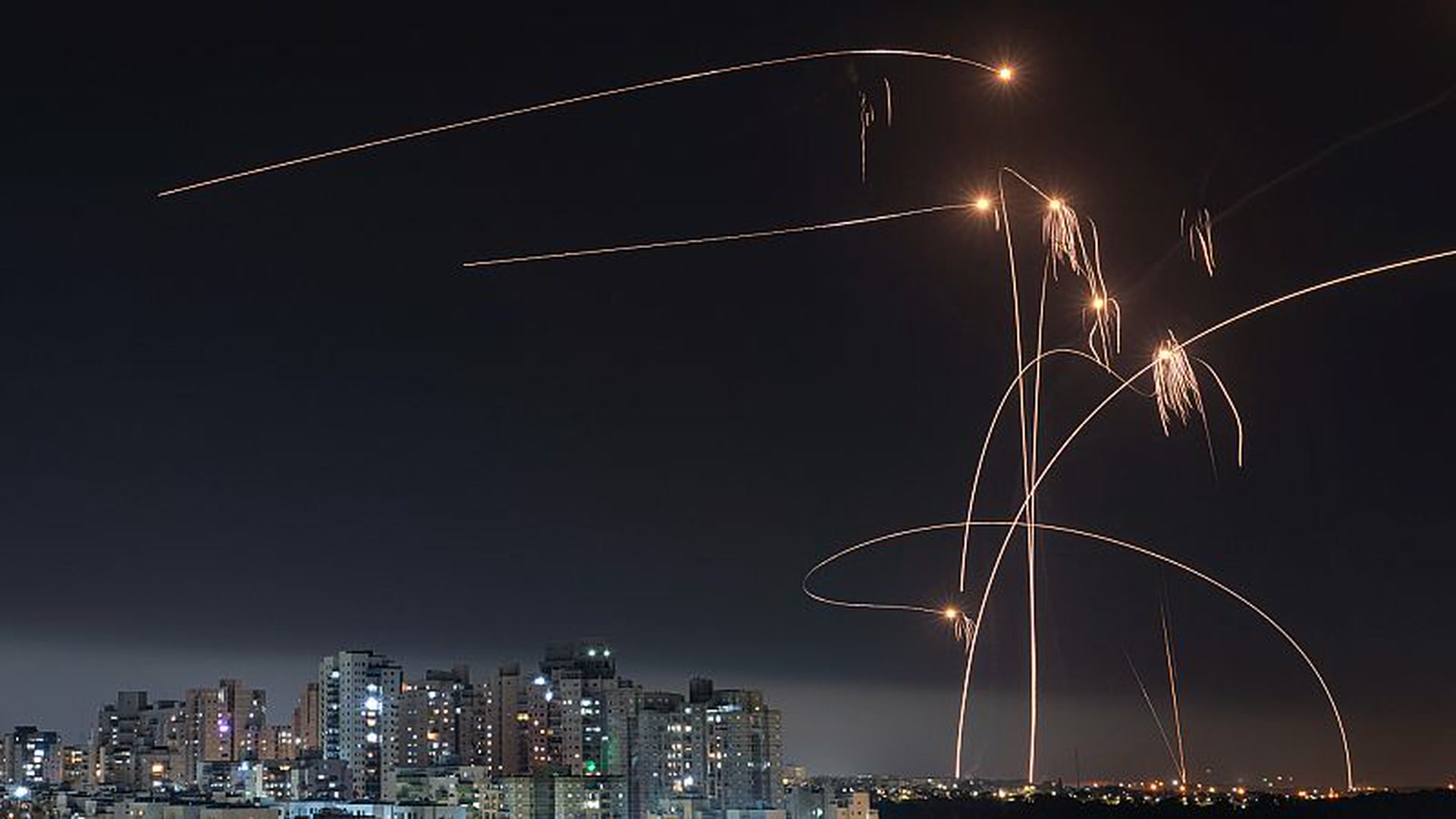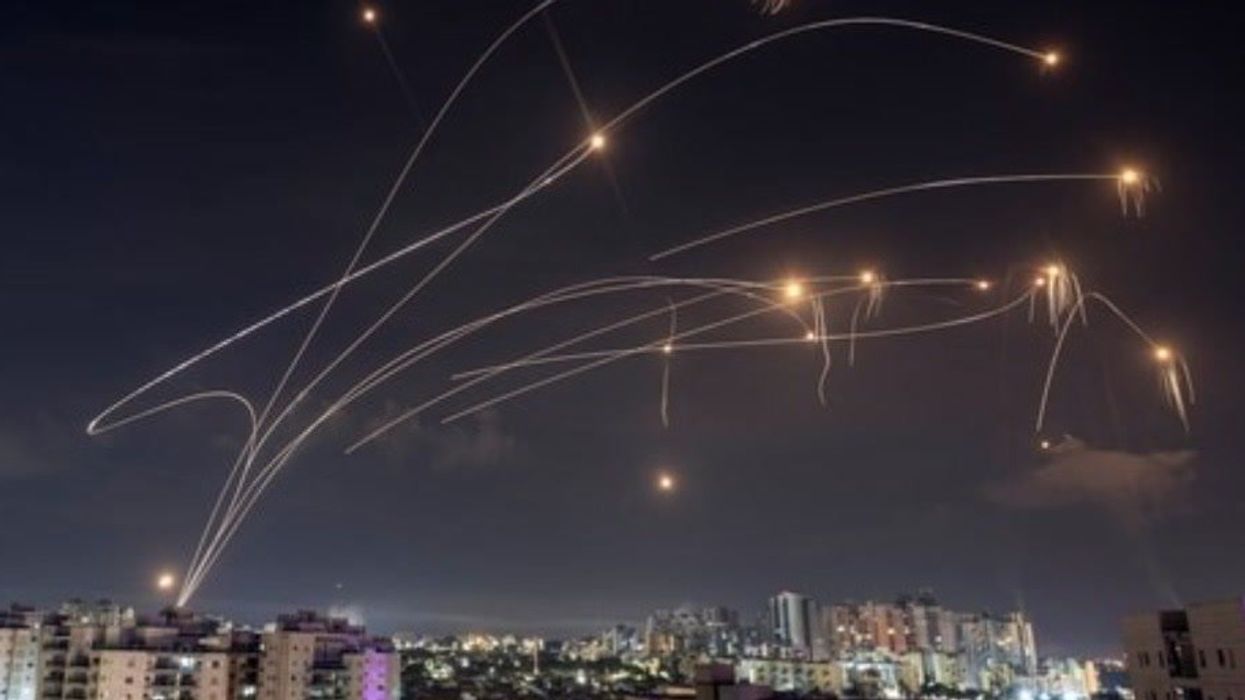As the war escalates between Hamas and Israel, there is mounting concern over the tactics being used on both sides.
Among these are reports that Israeli forces are ready to deploy devastating weapons to inflict serious damage on the Islamist militant group which controls the Gaza Strip.
According to local reports, Israeli Defence Forces (IDF) could soon add laser beam weapons to their arsenal – a system which uses powerful beams of light, enabling it to destroy fast-moving projectiles.
The so-called Iron Beam defence system was created some 10 years ago, but Israel hadn't intended to put it into action until 2025.
However, the sudden outbreak of war has changed all that, and the Israeli Ministry of Defence is now beginning tests to get the weapons up and running, the Telegraphreports.
The Iron Beam was first unveiled in 2014 by Rafael Advanced Defense Systems with the aim of running it alongside Israel's famous Iron Dome.

The air defence system has a number of advantages to its heftier counterpart: it's smaller and lighter and, with no need for ammunition, it isn't subject to supply chain concerns.
“The cost of kill is small,” Uzi Rubin, a missile defence expert at the Israeli Ministry of Defence, told The Telegraph.
Instead of the interceptors fired by the Iron Dome, which can cost $60,000 (around £49,200) each, “you [can] send a laser beam that costs just a few dollars,” Rubin added.
However, he conceded: “Unfortunately, there’s no free lunch. With these advantages you pay heavily with disadvantages.”
The expert pointed out that the Iron Beam can't operate effectively in wet conditions since water particles in the air absorb the laser's energy.
Indeed, even in optimum conditions, atmospheric moisture sucks up 30 to 40 per cent of the beam's potential energy before it can hit its target.
Furthermore, unlike the Iron Dome, the Iron Beam requires a direct line of sight with its target, meaning meticulous care has to be taken with its positioning.

It also has a significantly slower rate of fire – needing around five seconds to transmit enough energy to destroy its target.
“Iron Beam is better for short-range rockets in small numbers,” Rubin said.
But "if you’re facing a heavy salvo, you have to take it out with interceptor weapons,” he added.
Nevertheless, when it comes to defending against short-distance projectiles like mortars, the Beam could offer a vastly preferable alternative to more traditional missile systems which put the operators at risk from shrapnel.
Dr Yehoshua Kalisky, of the Institute for National Security Studies, also stressed that the system is not "standalone" and is "useless" unless it's integrated into Israel's wider defence system.
But Dr Kalisky suggested this could happen any day now.
"Maybe they’re working on it tonight and tomorrow they will succeed," he said ominously. "I think it will be operational very soon."
Sign up for our free Indy100 weekly newsletter
Have your say in our news democracy. Click the upvote icon at the top of the page to help raise this article through the indy100 rankings.














